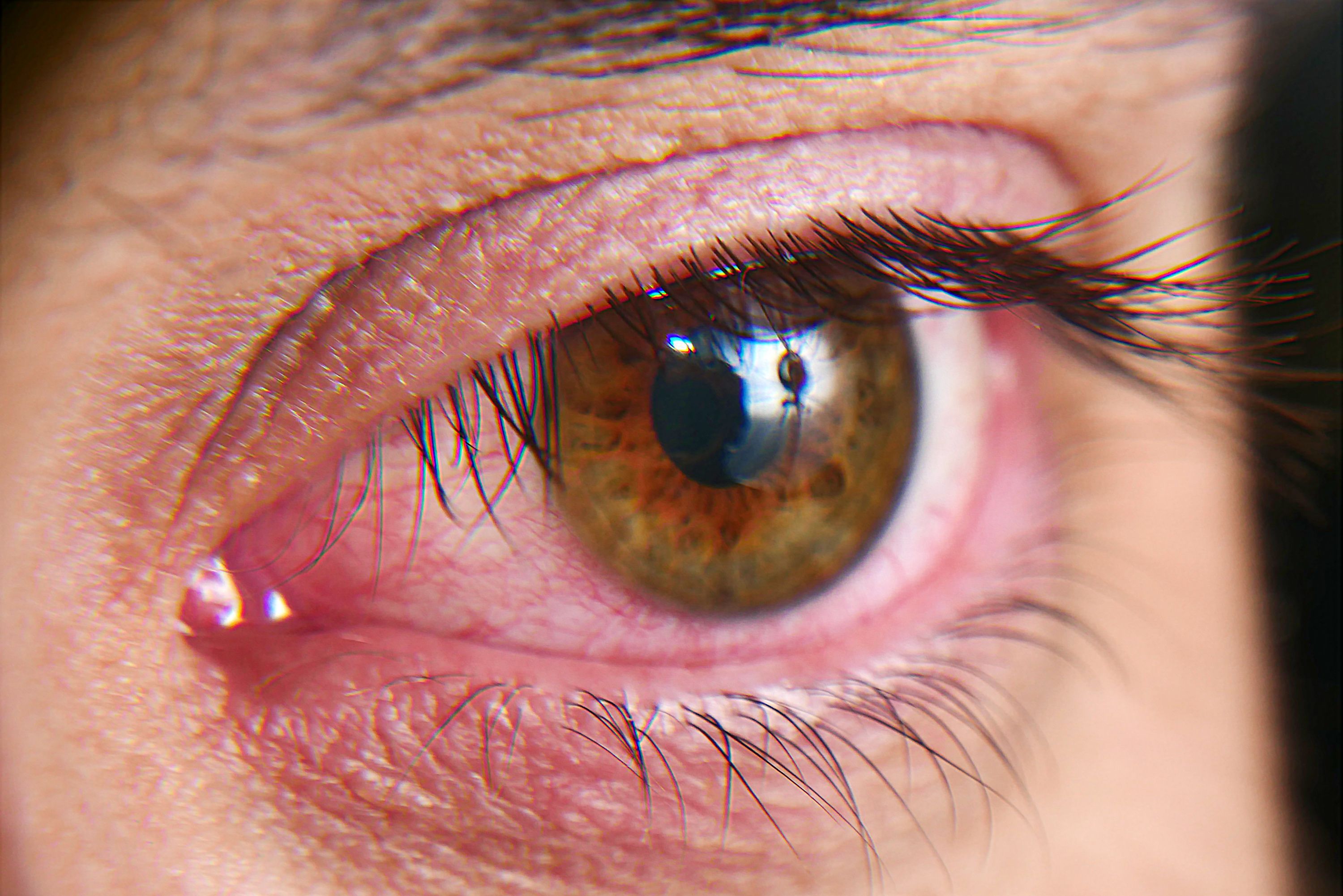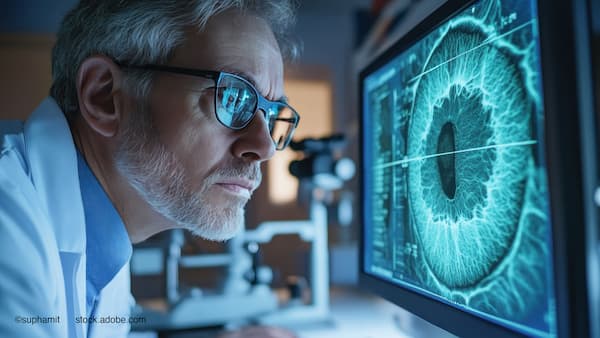Article
Aramis Biosciences announces FDA clearance of IND application for A197
Author(s):
According to the company, A197 is a novel, first-in-class, topical immunomodulatory agent which will move into Phase II clinical trials in dry eye patients.

Aramis Biosciences Inc. this week announced that the FDA has cleared the Investigational New Drug (IND) application for A197, enabling the company to proceed with a Phase II proof of concept clinical trial.
David S. Tierney, MD, Aramis Biosciences’ president and CEO, said the company is pleased that FDA has cleared A197 to move into Phase II clinical trials in dry eye patients.
“We believe that A197, with its novel mechanism of action targeting the immunopathogenesis of the disease and clean tolerability profile, has the potential to significantly improve the standard of care in dry eye disease,” he said in a statement. “With less than 5 percent of dry eye patients satisfied with available treatments, we look forward to moving this promising investigational therapy into the clinic.”
Aramis in December announced its launch and the completion of a $10.5 million Series A financing led by Safar Partners with a strategic investment from a global leader in ophthalmic pharmaceuticals.
The company is using proceeds from the financing to advance A197, a novel, first-in-class, topical immunomodulatory agent licensed from Dompé farmaceutici, through Phase II clinical proof of concept for the treatment of dry eye disease.
“Dry eye disease is the leading non-refractive reason why patients seek eye care, but less than 5 percent of patients are currently treated with an FDA-approved product due to suboptimal efficacy and tolerability limitations commonly associated with these products,” said Reza Dana, MD, MPH, MSc, scientific co-founder of Aramis.
Newsletter
Don’t miss out—get Ophthalmology Times updates on the latest clinical advancements and expert interviews, straight to your inbox.




